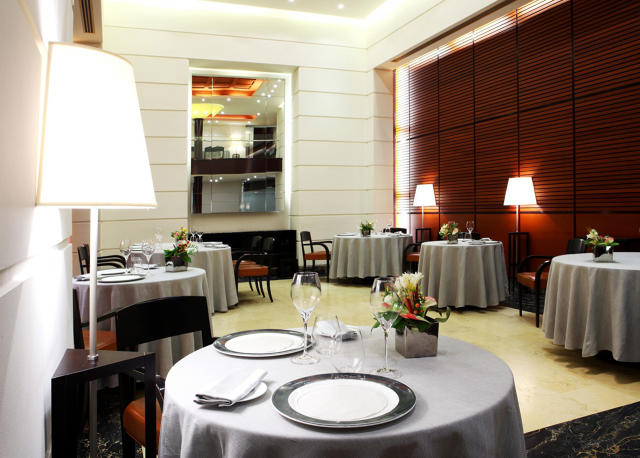Welcome to Wanderlust, a weekly series on Co.Design where some of our favorite designers share their secret picks and insider tips for the best design cities on the planet. Today, industrial designer and interior architect Karim Rashid tells us why Milan is justly famous for its design scene.
What's your favorite design city, and why?
Let's be honest, it's becoming harder and harder to have a "favorite" of anything since we have more choice today than ever before in history. That said, for me, it is a toss-up between Berlin, Toronto, Seoul, and Milano.
It may seem obvious but my answer must be Milano. Since the '60s, Milan has been a design mecca partially due to the Milan furniture I Saloni but also the fashion weeks. Unlike any other cities in Italy, Milano has really matured into the world's design capital, attracting global participation. The Milan design week attracts 350,000 visitors and there are about 1,000 design showrooms alone in Milan, more than any other city in the world. You cannot walk a block without seeing two or three design showrooms or shops from kitchens to furniture to lighting to housewares to bath and accessories.

I've always loved Milano. It is the quintessential metropolis of artistic pursuit and commerce combined. Milan has a relaxed Italian lifestyle, mixed with the American business sensibility. That makes it romantic yet productive. I used to live in Milano in the early '80s. Taking night classes with Achille Castiglioni at the Polytechnic and interning with Rodolfo Bonetto was quite an experience in my formative years. This was when Memphis started, when Alchimia was strong, when there was only one Chinese restaurant, when there were very few immigrants, and when Milano was more like a small business village of Italy!
Where do you like to stay when you're there?

My favorite hotel is NHOW, designed by Matteo Thun. I designed the bar in the hotel. The great thing about this hotel is that it was a large factory converted with various spaces for perpetually changing design and art exhibitions. The curator Elisabetta Scantamburlo brings in unusual, sometimes strange, young designers' works that border between production-ready and the absurd. The beauty of the rooms are the high ceilings, the contemporary colored glass and the accents of orange. The other great part is that the hotel is located in the Superstudio area where there are perpetual product launches, fashion shoots, runway shows, and fashion showrooms. During I Saloni, there must be about 300 events within a week just in that vicinity.
Where do you like to eat?

The great thing about Italy is that you can get a nice, honest, flavorful pizza, pasta, or insalata almost anywhere. And in a country that has one of the greatest cuisines in the world, Milan has some phenomenal restaurants that can't be missed, culinary destinations like CRACCO, the Cascina Cuccagna, and Clandestine Milano at the Hotel Maison Moschino.
What design destinations do you visit?
Milan is one of those cities where just walking around is inspiring, where you'll see the beautiful showrooms, the models, the cafés, the book shops, the coffee bars, the clothing boutiques, the galleries, and the fashionable youth culture. Milano is always interesting: small but cultured, intimate yet global. I like to visit the Brera district--there are always great exhibitions there--as well as the Palazzo Reale, the Triennale Design Museum, and the Galleria Post Design.
Do you have any good insider tips for people interested in design?
10 Corso Como is great for design shopping. Everyone there is so enthusiastic about design, innovation, and beauty, but also about the design business.

And make sure you check out the Piazza Gae Aulenti. Dedicated to the grande dame of Italian design, Gaetana "Gae" Aulenti, this plaza lies in the center of the newly built Porta Nuova neighborhood. Thanks to its contemporary architecture and generous bodies of water, it was designed by Argentinian architect César Pelli, who is also responsible for the neighboring Unicredit skyscraper, the highest building in Italy. It's a place that helps bring the city into the 21st century.